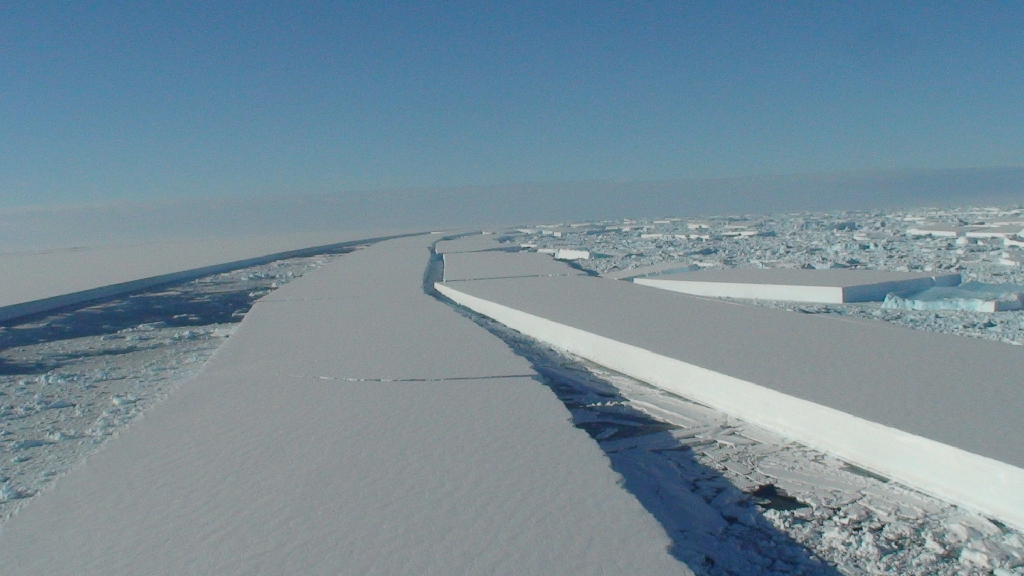Dynamic ice: Dynamical control on the response of Pine Island Glacier (iSTAR C)
Principal Investigator: Professor David Vaughan, British Antarctic Survey

Our science challenge
Pine Island Glacier is one of five glaciers in West Antarctica that are currently contributing to sea-level rise at a significant and accelerating rate. This glacier flows into a vast floating ice shelf in the Amundsen Sea. This ice shelf is getting thinner and, as a consequence, the glacier is flowing faster into the sea. This thinning effect is now being seen ‘upstream’ on Pine Island Glacier’s trunk and tributaries, but this thinning is not the same everywhere.
Our research goal
We need to understand the processes that are responsible for transmitting the effect of thinning of the floating ice shelf upstream. We need this knowledge to be able to predict the future magnitudes of ice-thinning rates for the glacier.
Our mission on the ice
During two Antarctic summer field seasons (the first beginning in November 2013) we will mount an ambitious over-ice crossing by tractor train. We will deploy radar and seismic technologies to investigate the variation in ice-flow from the ice shelf up the glacier and into its tributaries. We will measure the properties (rock-type and water-content) of the bed beneath several locations on Pine Island Glacier to determine their influence on the propagation of thinning. We will test the hypothesis that it is these bed conditions that are responsible for the fact that the tributaries of Pine Island Glacier appear to be thinning at different rates.
Ground-based radar and seismic technologies will produce images of the bedrock beneath the glacier. Satellite remote sensing technology will allow us to measure the changing configuration of the glacier in areas that we cannot access on the ground.
The part of the glacier currently affected by thinning contains sufficient ice to raise global sea-level by around 25 cm – its closest neighbour accounts for another 50 cm. Given the rate of ice-loss and the potential implications for sea-defence planning there is a clear requirement to understand and predict the future of Pine Island Glacier and its neighbours.
Our research outcomes
The measurements we make on the ice will be used to verify computer simulations of past changes in the flow of Pine Island Glacier, and to drive simulations of future changes. Together with the iSTAR project Ice Loss, we will develop more certain forecasts about the contribution of Pine Island Glacier to future sea-level rise. In this way we will contribute to improved models not only of Pine Island Glacier, but of all similar glaciers that drain West Antarctica.
